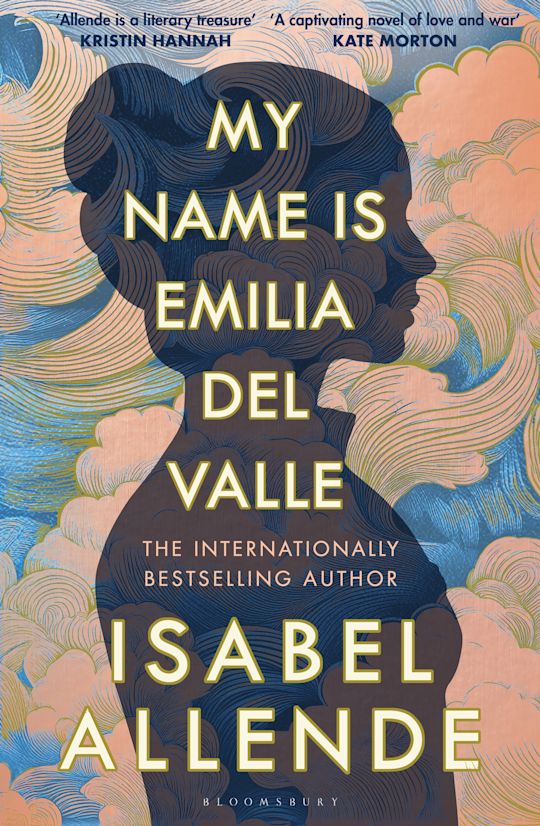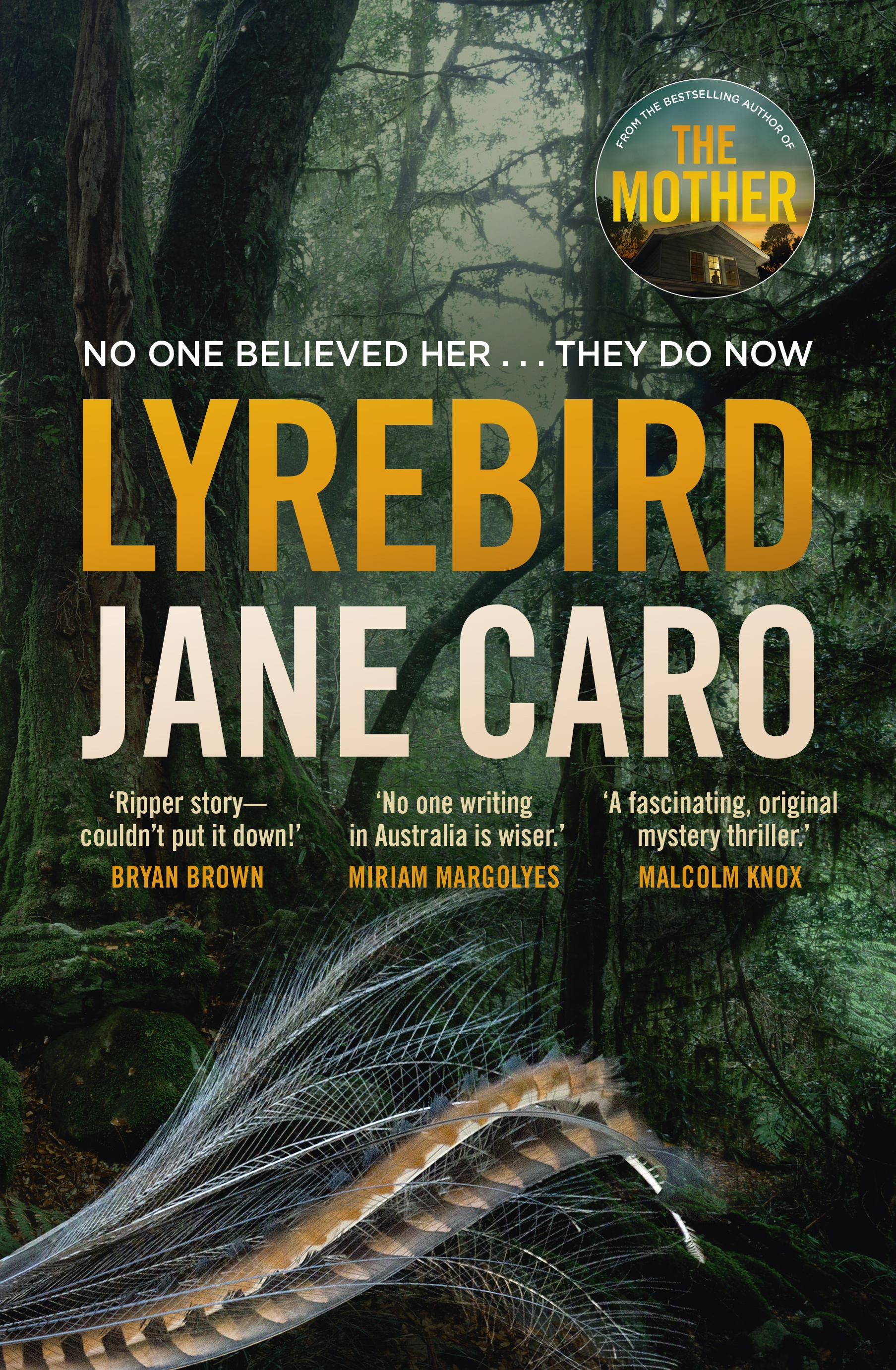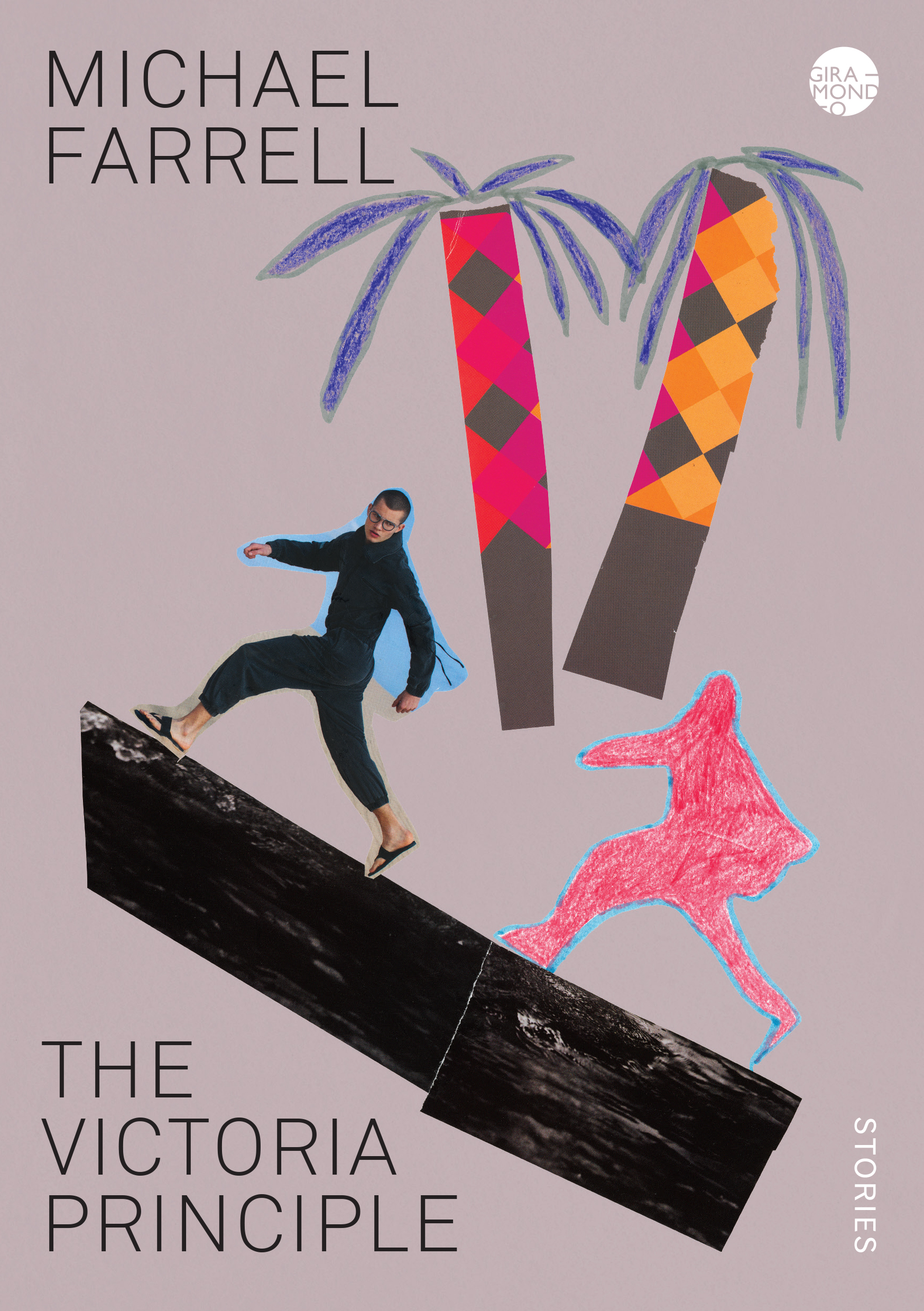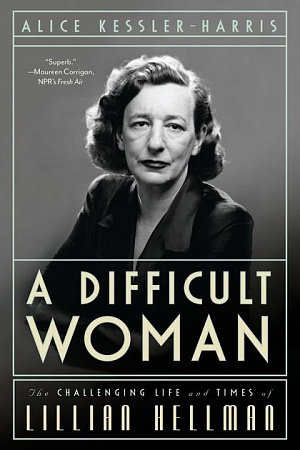The Self-Portrait: A cultural history
Thames & Hudson, £24.95 hb, 288 pp, 9780500239100
The Self-Portrait: A cultural history by James Hall
We live in a world obsessed with self-images. Thanks to digital photography and the Internet, we can all star in and manipulate the drama of our lives. But, as James Hall reminds us, artists have been experimenting with self-representation for centuries. From a quartzite stela of Pharaoh Akhenaten’s court sculptor Bak standing with his wife Taheri (c.1350 bce) to Tracey Emin’s Everyone I Have Ever Slept With 1963–95, which featured a tent, a mattress, and 102 appliquéd names, self-portraitists have always manipulated the way they have wanted to be seen, and have reflected or rejected prevailing mores and morals. More prosaically, most artists have made a self-portrait at one time or another, using themselves as models (for economic reasons) as a way of recording a gesture or to create a character.
While Hall draws a long bow in his inclusion of the obscure and the highly conceptual, his study, Egyptians aside, is firmly rooted in the Western Classical and Christian tradition. Saint Augustine wrote about the mirror of scripture and how the Bible showed both the divine plan and the path by which individuals could reform themselves; artists put themselves in the picture, often religious ones, to show their piety and also their temporal fidelity as courtiers to the rich and powerful.
Continue reading for only $10 per month. Subscribe and gain full access to Australian Book Review. Already a subscriber? Sign in. If you need assistance, feel free to contact us.








